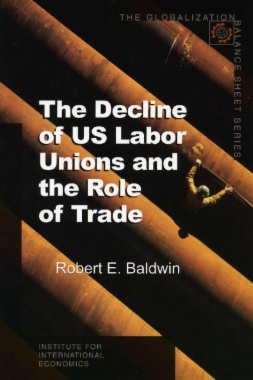With a grounding in the current theoretical understanding of Renaissance feminism, this work presents an examination of Francisco Delicado's profeminist position in the context of what are currently described as individualist and relational models. The individualist model proposes an autonomy of women in relation to men, law and politics, while the relational explores what women are and do in contrast to men. Delicado's text offers the possibility of invoking both models simultaneously.
- Cover
- ÍNDICE
- Prólogo
- Introducción
- Capítulo I. Trasfondo histórico y literario de La Lozana Andaluza
- 1.1 Génesis, argumento e intención
- 1.2 La influencia de la comedia humanística, la novella y la Celestina en Retrato de La Lozana Andaluza
- Capítulo II. Elementos protofeministas en Retrato de La Lozana Andaluza
- 2.1. Francisco Delicado ante la querelle des femmes y la tradición profeminista europea
- 2.2. Protofeminismo delicadiano
- 2.3. El retrato literario y físico de la Lozana
- 2.4. El cuerpo de la Lozana: Realismo grotesco-erótico, belleza y afeites
- 2.5. "Jouissance féminine"
- 2.6. El ingenio caprichoso
- 2.7. Elocuencia y papel público
- Capítulo III. La Lozana y la comida: Protofeminismo erótico-culinario
- Conclusiones
- Bibliografía

